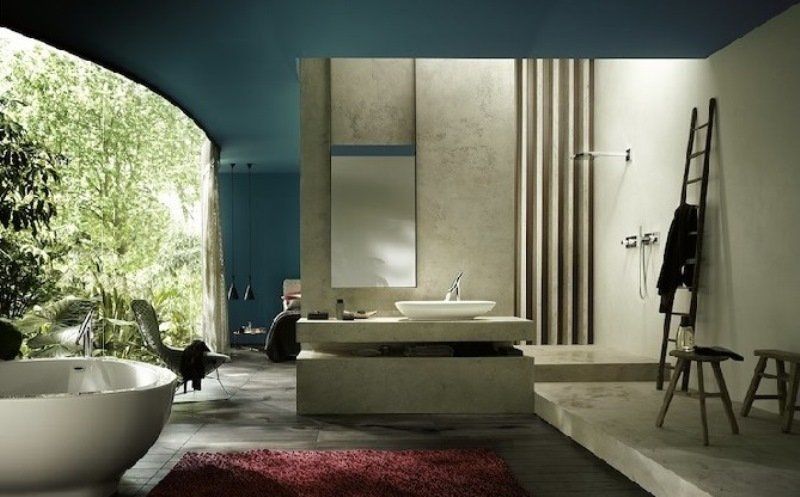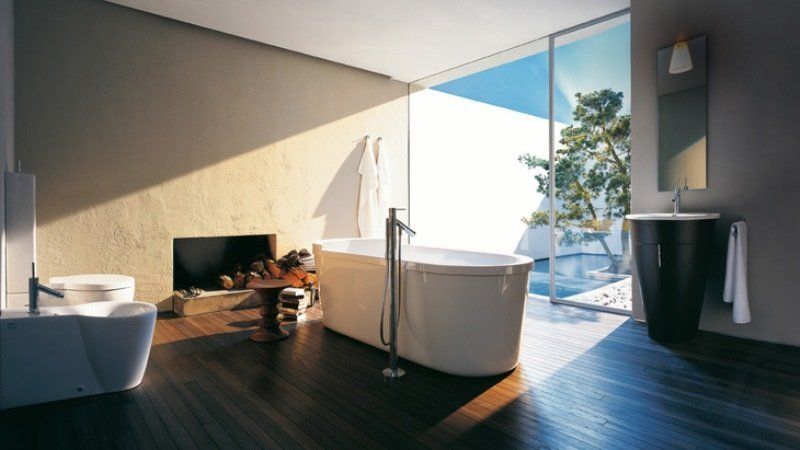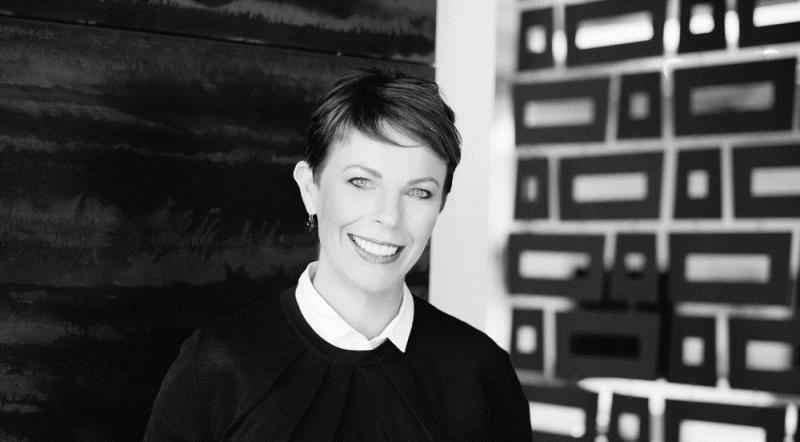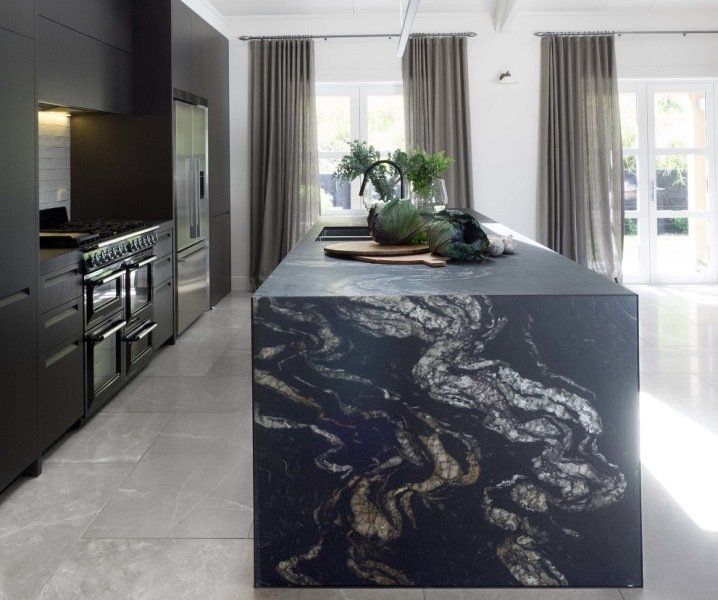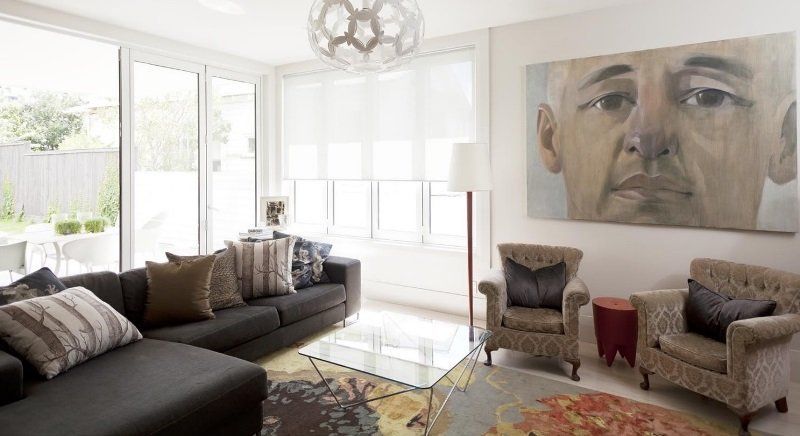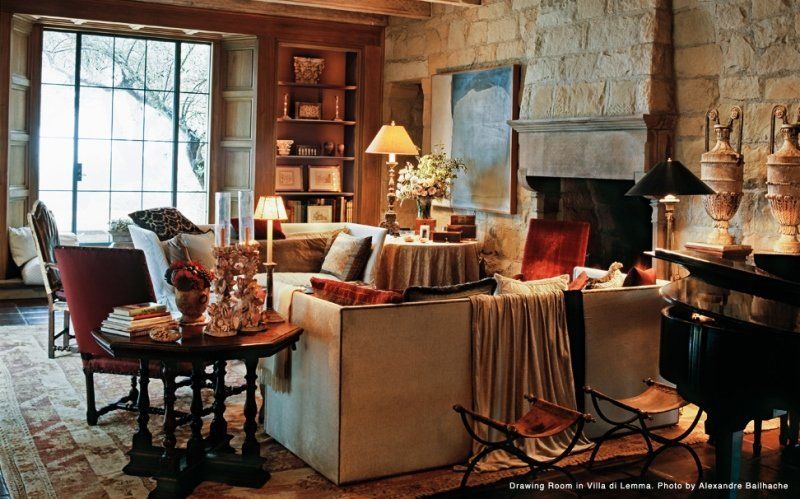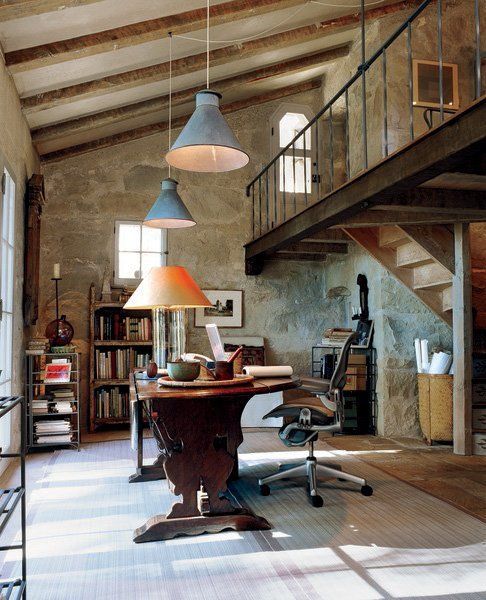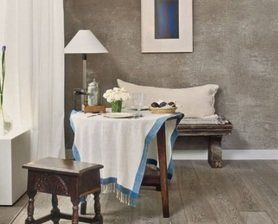We’ll start with Starck because he’s the best-known of them all. He has not only received acclaim for his amazing building interior designs but has also proved to be an accomplished architect and product designer. He has worked for names like Hugo Boss, Jean-Paul Gaultier, Placido Arango Jr., and Alain Mikli.
Once, Starck’s work was anything but stark. In fact, many would describe the work he produced in the 1980s and 1990s as “overdesigned”. But not any more. As the above example of his work shows, he now has a simpler, more sophisticated philosophy. He believes longevity and durability should be at the core of design.
By “longevity”, Starck means that design should not be fad-ish, but should stand the test of time. By “durability”, he means they should be sympathetic to the natural environment and fashioned from sustainable materials. Although he is still the master of contrast, colour, texture and lighting, Starck is more subtle in his approach and loves to bring the outdoors in.
In the Starck-designed bathroom above, the contrast of light and shadow, flat white surfaces and textured earthy walls, and modern furnishings and an old-fashioned fireplace come together to create a moody environment. Pure Starck.
New Zealand-based interior designer Sonya Cotter (pictured above) also talks about “durability”, and explains how the materiality and durability of the finish was important in grounding the design of the kitchen shown below into the environment.
“Design is not for philosophy, it’s for life,” says Cotter. This kitchen is very much the heart of this farm house. She has deliberately designed it to be full of light as well as life, mixing the natural light from the skylight and doorway with electric highlights to bring out the geometry in the ceiling beams and the texture of the tiled backsplash. The dark-coloured island and cabinetry fit beautifully into the paleness of the rest of the room.
This stunning stone slab is the focal point of the kitchen, and Sonya artfully showcased the stone’s natural flow by waterfalling down the ends of the kitchen island.
The elements of Cotter’s style are reinforced in this living room design. She loves earthy colours, natural textures, lots of natural light, strong lighting fixtures and a dramatic focal point – in this case the big painting on the wall.
“Architects love giving us wonderful windows and sliding glass doors to create indoor/outdoor flow, which takes away walls,” she says.
Because of this, she uses often uses stronger colours on walls, and darker-coloured walls, but uses pops of contrasting colour in furnishings to lighten the effect.
With more than five decades in interior design, US-based John Saladino (pictured above) is another legend in the industry. “When you see a room for the first time, your blood pressure should go up,” he says. “I like to create an emotional experience. A well-designed space doesn't give out its secrets right away. It should never bore you or feel dated.”
We at Pzazz Building couldn’t agree with you more, John.
Although he works for clients all over the world – “from Saint-Tropez to Kuwait,” he says – Saladino divides his times between New York and Montecito, California. He once had a house in Montecito (pictured above) which he felt that despite his best efforts to redesign it, was too pretentious – so he renamed it “Villa di Lemma”. “The house was too big for me, so I sold it to Ellen DeGeneres,” he says.
Saladino pioneered a look that remains as fresh today as when he began creating it in the 1960s and 1970s – a mixture of classicism and modernism, with unexpected touches like the industrial finishes and advanced technology you can see in his studio above.
“I was the first to mix antiquities with modern, and humble with rare,” he says. “I was decorating with chewed-up Oriental rugs that a lot of people thought were rags. Just because something is old doesn't mean it needs to be discarded.”
In addition to his colour preferences, natural materials and contrasting textures, Saladino is a master of lighting. “When lighting a room, use layers,” he recommends. “For ambient light, try a chandelier with little brown paper shades, which give a beautiful, warm glow, and table lamps for intimacy. You need practical lights for reading and to keep you from falling down the stairs. Finally, add art lighting to illuminate paintings or plants.”
Need a designer?
Pzazz Building has long experience in renovating and extending homes, but what many people don't realise is that we also work with our own designers in order to provide our clients with a complete design-and-build service.
Contact us for a free Initial Consultation
- we'd love to talk with you about your next project.



